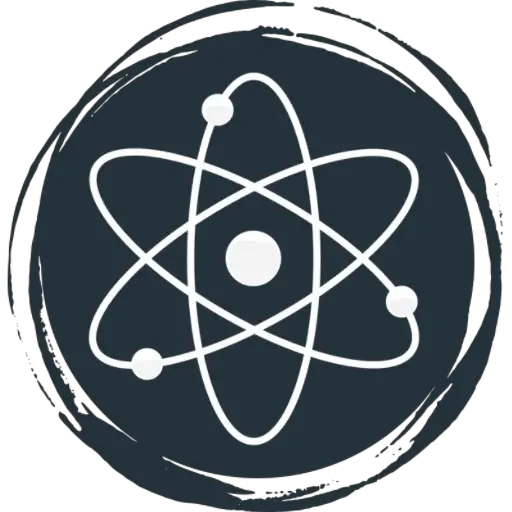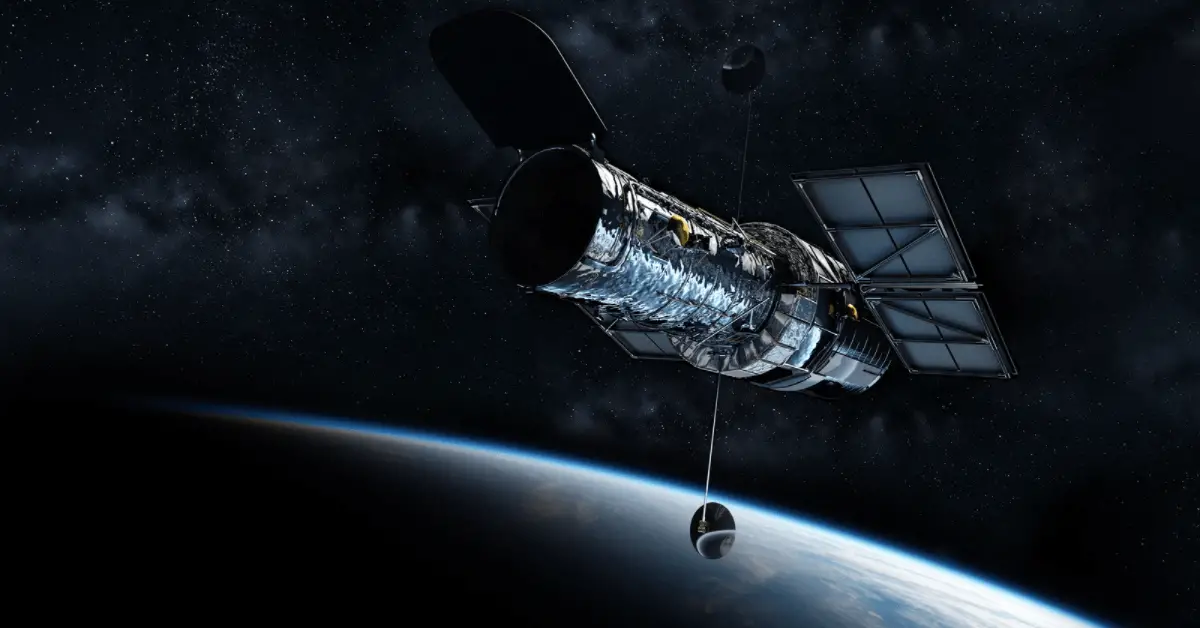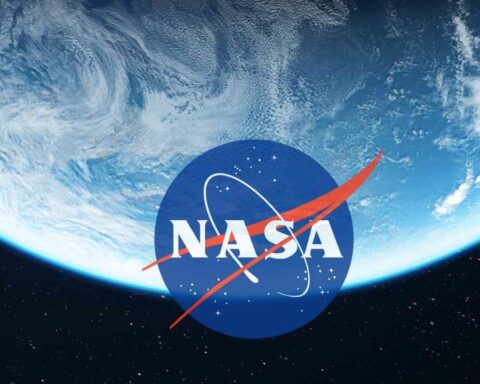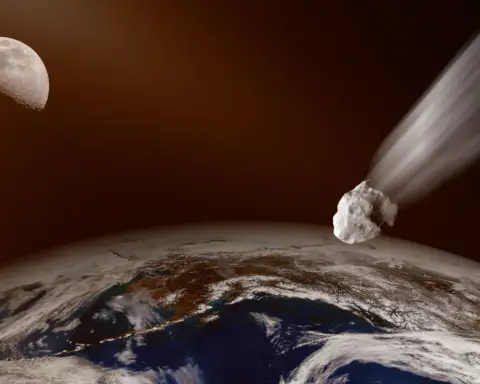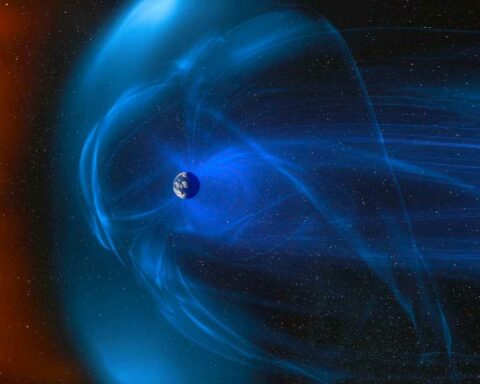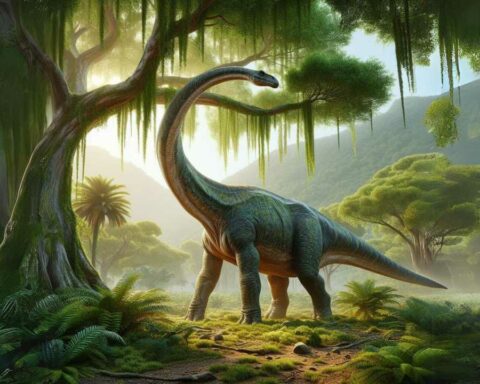What Is Hubble Space Telescope
- The Hubble Space Telescope (HST) is a large space telescope spinning around Earth.
- The space shuttle Discovery launched it in 1990 into low Earth orbit and it is still in operation.
- It is named after the American astronomer, Edwin P. Hubble.
- The Hubble Space Telescope is one of the four Great Observatories of NASA. The other three are; Compton Gamma Ray Observatory, Chandra X-ray Observatory, and Spitzer Space Telescope.
- It was jointly built by NASA and the European Space Agency (ESA).
- It has the size of a large school bus and its weight is about equal to the weight of two full-grown elephants.
- Hubble revolves at the altitude of about 340 miles (547 kilometers) above the Earth.
- It travels at the speed of about 8 kilometer per second (5 mps).
- Hubble is powered by solar energy.
What Makes Hubble Different From Telescopes On Earth
- Hubble revolves above the atmosphere of the Earth so it can capture a better view of the universe than telescopes at the Earth level.
- This thing makes the Hubble different from telescopes on the Earth. Because the atmosphere of the Earth changes or blocks the light coming from space, and Hubble does not face the obstacle of atmosphere.
How Does The Hubble Telescope Capture Light
- There are sensors in the Pointing Control System of Hubble, known as Fine Guidance Sensors. These sensors lock onto stars and keep Hubble in the right direction. The telescope has the ability to lock onto a target from the distance of one mile without deviating or moving more than 7/1000th of an arcsecond.
- After the acquisition of the target, the primary mirror of the Hubble collects light from the target. The primary mirror has a diameter of 2.4 meter (7.9 feet). Its light collecting capacity is 40,000 times greater than the human eye. The primary mirror is concave and reflects off the light towards the secondary mirror. The secondary mirror is convex and concentrates the light into a beam that travels back through a hole in the primary mirror. From this point, the light is directed to the scientific instruments of the Hubble.
Instruments On Hubble Telescope
There are five main scientific instruments in the Hubble, which includes spectrographs and cameras. Spectrographs are instruments that split the incoming light into individual wavelengths.
-
Wide Field Camera 3:
- The major camera of the Hubble is the Wide Field Camera 3, which studies everything, from the formation of faraway galaxies to planets. The camera has the ability to see three different types of light, that are: the near-ultraviolet, near-infrared, and visible light. Hubble can see each type of light, however, only one type at a time.
-
The Advanced Camera for Surveys:
- It is another camera that takes images of the large regions of space. The images it took helped scientists to study some of the earliest activities that happened in the universe.
-
The Cosmic Origins Spectrograph:
- It studies the wavelengths of ultraviolet light. It studies how the planets, stars, and galaxies in the universe formed and altered. It can also help to find out how elements required for life (like carbon and iron).
-
The Space Telescope Imaging Spectrograph:
- It helps scientists to find out different properties of objects in space, such as chemical composition, density, temperature, and motion. It also has been used for the detection of black holes.
-
The Near Infrared Camera and Multi-Object Spectrometer (NICMOS):
- It instrument has the ability for infrared imaging and spectroscopic observations. It observes objects in the deep space through sensing of heat these objects emit. This instrument helps the scientists to study the formation process of stars, galaxies, and the planetary system.
How Much Data Does The Hubble Space Telescope Transmit
- The amount of data Hubble transmits every week to Earth is about 140 gigabytes, which is equal to about 45 two-hours movies of HD-quality.
How Does The Hubble Telescope Transmit Data
- Hubble transmits the received data in the form of digital signals to satellites, which are then relayed to a ground station and then to the Goddard Space Flight Center of NASA, and then finally to the Space Telescope Science Institute (STCcl).
- In the STCcl, the data is processed and translated into understandable images and information.
Important Discoveries Of Hubble
- Hubble helped the scientists to estimate the size and age of the universe through the images it captured. Scientists believe that the age of the universe is about 14 billion years.
- It helped the scientists to understand how stars, planets and galaxies form.
- It has also detected black holes, and discovered that a black hole anchors every major galaxy at the center.
- Hubble played a major role in the discovery of dark energy, and created its 3-D map.
- It also revealed the gamma-ray bursts.
Hubble Space Telescope Facts
| Launched date | April 24, 1990 |
| Deployment date | April 25,1990 |
| Length | 13.2 meter (43.5 feet) |
| Weight (at launch) | About 10,886 kg (24,000 lbs) |
| After SM4 (servicing mission 4) | About 12,247 kg (27,000 lbs) |
| Maximum diameter | 4.2 meter (14 feet) |
| Altitude | Low earth orbit, at about 340 miles (547 kilometers) above the earth |
| Time taken to complete one orbit | About 95 minutes |
| Traveling speed | 8 kilometer per second (5 mps). |
| First Image | May 20, 1990, Star cluster NGC 3532 |
| Servicing Mission 1 (STS-61) | December 1993 |
| Servicing Mission 2 (STS-82) | February 1997 |
| Servicing Mission 3A (STS-103) | December 1999 |
| Servicing Mission 3B (STS-109) | February 2002 |
| Servicing Mission 4 (STS-125) | May 2009 |
| Sensitivity to light | Ultraviolet through Infrared (115–2500 nanometers) |
| Diameter of Primary mirror | 2.4 m (94.5 inches) |
| Weight of Primary mirror | 828 kg (1,825 lbs) |
| Diameter of Secondary mirror | 0.3 m (12 inches) |
| Weight of Secondary mirror | 12.3 kg (27.4 lbs) |
| Power source | Sun |
| Power mechanism | Two 25 feet solar panels |
| Power generation | About 5,500 watts |
| Average power usage | About 2,100 watts |
| Power storage | Six nickel-hydrogen (NiH) batteries |
| Storage capacity | Equal to approximately 22 average car batteries |

